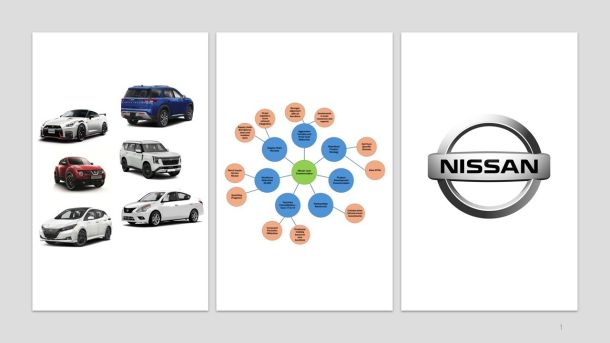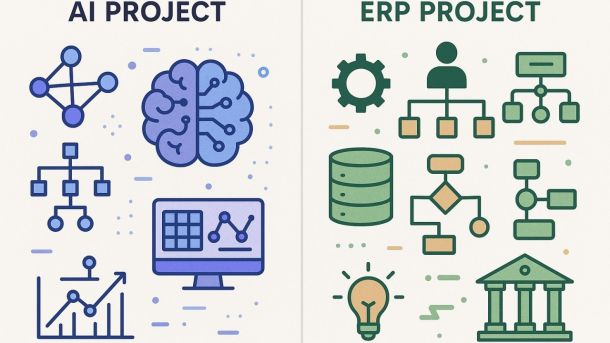Opportunities to transform MRO outcomes: Data-Focused Perspective
One of our potential clients is considering significant investment in their Maintenance, Repair and Overhaul (MRO) capabilities. Business is growing, yet, there is a parallel growing gap in matching three expectations – productivity, governance and profit. MRO is a domain where people, process and platforms heavily interact. And just like the assets under maintenance, the cost of mismanagement can be exceedingly high.
MRO is not necessarily a field that boasts digital transformation. But now, there is no way back. And with the planned (or haphazard) proliferation of AI into business architecture, MRO is under pressure to catch the train and join winning teams. By winning, I go back to realizing gains in productivity, governance and margin. The Maintenance, Repair, and Overhaul (MRO) sector stands at the crossroads of operational necessity and digital innovation. Clients are shouting for more efficiency, higher asset uptime, and robust regulatory compliance.
Reflecting on detailed discussion with a client that has multiple MRO teams across geographies, it was clear that the quality of data (or sometimes the absence) is a key enabler to large-scale transformation projects. Without proper data architecture, SMEs will continue to scramble.
MRO keeps costly assets running – from relatively small devices all the way to entire fleets. All these components generate data by the minute – we need to harness all of these operational data to positive MRO outcomes.
Continuous improvements in data quality are launchpads to MRO transformation.
So how can data-focused projects help in improving MRO outcomes?
When SMEs reach a stage where its databases and data architecture are “good enough” to become entitled for AI capabilities, they can consider the following use cases across MRO functions:
- Data Cleansing: AI agents or capabilities search for duplicates, errors, or incompleteness. This is usually an extremely time-consuming task for maintenance teams. Not only can AI impose corrective actions on data but also develop future preventive actions that will maintain data quality.
- Data Defects: CMMS, ERPs and CRMs are not the best platforms to prevent mistakes or suggest on the spot corrections when entering data. AI agents on top of different platforms can be intelligent enough to capture the defect as early as possible and render the data entry process smarter. This prevents missing addresses, spelling issues, duplicate records and other defects that drain team efforts once discovered.
- Incremental Data Wins: Small wins accumulate over time. One project after another, the MRO context will demonstrate higher data quality and score higher on digital readiness. These incremental wins set the stage for a bigger transformation when roadmaps are well connected and engineered.
- Connected Platforms: Clean and synced data will open opportunities to MRO teams to have a real end to end view of their operation. Today’s APIs capabilities do not fall short of delivering positive outcomes when they connect systems such as Oracle, Odoo, Maximo, Synchroteam and other tools serving MRO activities.
- Correct Resource Allocation: Master files maintenance enables improved allocation of MRO resources – human, physical or digital. When master files for technicians accurately define schedules, skills, risks, capacity and location, planning gets a significant upgrade. This does not necessarily mean complicated algorithms; such basics create correct decision-making foundations. At a later stage in the roadmap, algorithms and heuristics can be deployed through more advanced planning tools coupled with AI capabilities.
The chart below from Verdantis software, summarizes how improvements in 4 classes of master data can lead to positive MRO outcomes.

And how will the transformation roadmap continue through more sophisticated use cases?
- Predictive analytics: Cleaner data enables AI to identify emerging equipment failure trends, clients scheduling issues, spare parts availability bottlenecks, tools potential double booking and more.
- Inventory optimization: Spare parts availability is a cornerstone of MRO excellence. AI algorithms forecast parts consumption and work with ERPs and other platforms to create a smarter ecosystem of supply and demand. The key outcome is minimizing if not eliminating shortages.
- Visual recognition: Not as futuristic as it used to, AI helps technicians in the field and on shop floors to match spare parts to digital records; a combination of technologies and models are available to transform the utilization of technician’s time by removing a long list of manual tasks.
That was a quick demonstration about how digital platforms data improvement can have positive impact on productivity, governance and profit. In future articles, we dive deeper into how to execute such improvements in repair shops and with customers.
Thank you.


